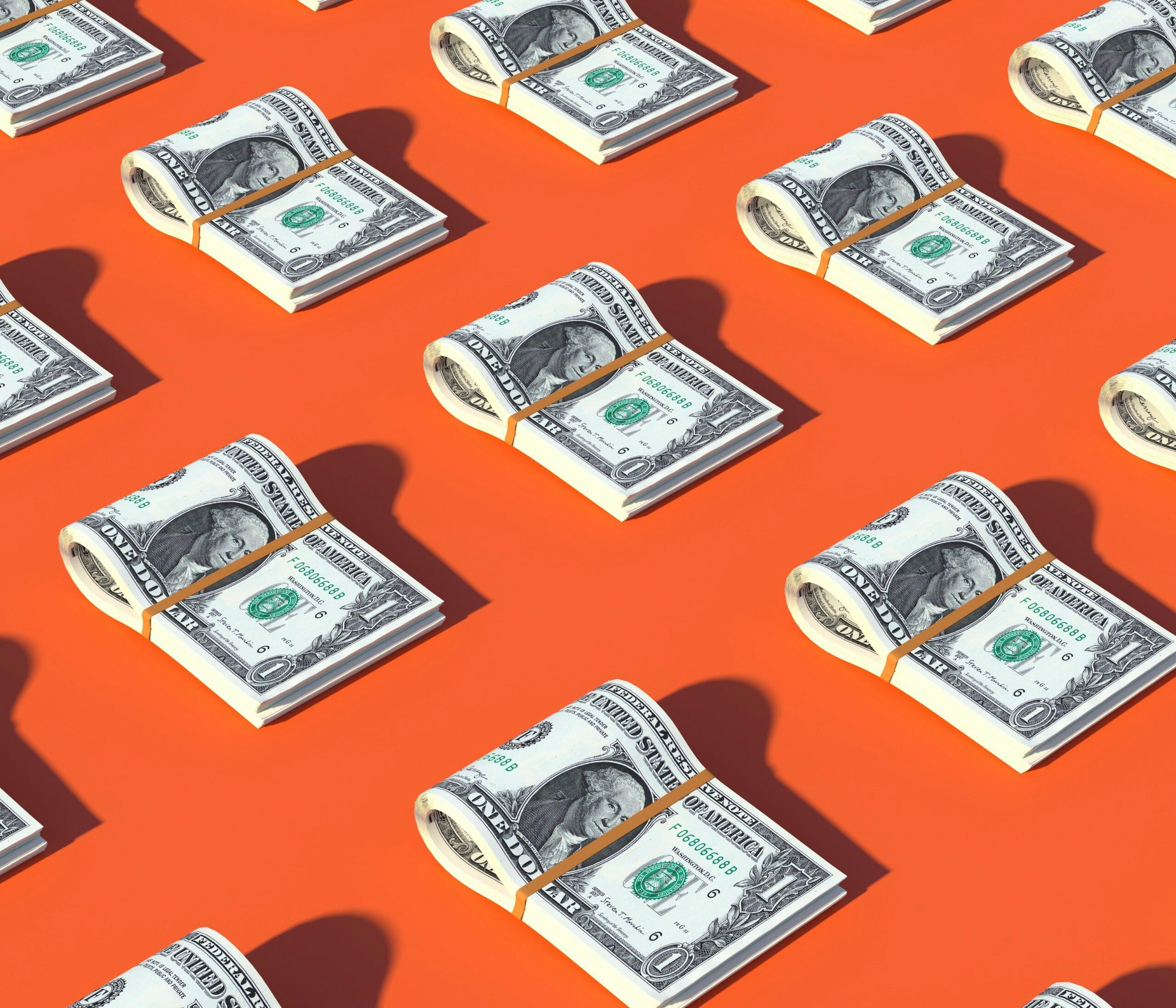
For much of the industrial era, the global economy has operated on a deceptively simple model: extract resources, produce goods and dispose of the rest. This linear system, known as “take-make-waste,” thrived under the illusion that resources were abundant, cheap and endlessly available. That era is over. The numbers are striking: global annual material consumption surpassed 100 billion tons in 2023, yet only 7.2 percent of that is cycled back into the economy. Municipal solid waste is projected to nearly double to 3.8 billion tons by 2050. This inefficiency isn’t just an environmental crisis; it’s a market failure. But within that failure lies a historic opportunity. Circular business models, which design out waste and keep materials in use, are emerging as the next great engine of value creation.
Volatility in commodity markets is making it harder to rely on linear supply chains. Lithium prices, for example, rose by more than 1,000 percent between 2020 and late 2022, before dropping 86 percent as oversupply hit the market. That level of price fluctuation creates serious challenges for companies dependent on raw materials. It’s prompting a strategic rethink: increasingly, businesses are turning to circular solutions like integrating battery recycling directly into manufacturing operations. What was once viewed as waste is now considered a valuable, underutilized resource.
From trillions in waste to trillions in value
In 2015, Accenture estimated that circular business models could generate up to $4.5 trillion in additional economic output by 2030. That forecast is proving increasingly realistic. Recycling aluminum, for example, requires 95 percent less energy than producing it from raw materials, and around 75 percent of all aluminum ever made is still in circulation. In manufacturing, remanufacturing components to original specifications can reduce production costs by 40 to 60 percent, lowering exposure to raw material volatility.
The shift to circular models isn’t just about doing less harm—it’s unlocking real business potential. In consumer tech, Back Market has built one of the fastest-growing marketplaces for refurbished electronics, reaching a $5.7 billion valuation and reporting 45 percent revenue growth to €320 million ($363 million) in 2023. It’s now on track to profitability in Europe. In luxury fashion, Vestiaire Collective is proving that resale is far from niche, with €157 million ($178 million) in revenue and over €824 million ($936 million) in goods traded in 2023. Both are tapping into demand for high-quality, lower-impact alternatives—and showing how circular strategies can open new avenues for growth.
The climate case for circularity is just as strong. According to Circle Economy’s 2024 report, nearly 40 percent of global emissions come from how we extract, use and dispose of materials. More than a supply chain issue, it’s a major driver of the climate crisis. Circular strategies, by keeping materials in use and cutting waste, can eliminate a significant share of those emissions. For companies looking to meet net-zero targets, circularity is fast becoming a core lever for decarbonization.
The investment case for circularity
Investors are increasingly recognizing the potential of the circular economy. In 2023, venture capital funding for circular economy startups reached approximately $8.7 billion. While this accounts for a small share of overall VC activity, the pace of growth signals rising interest in scalable, sustainability-driven innovation. Institutional investors are also entering the space; for instance, BlackRock (BLK) has launched a dedicated Global Circular Economy ETF to capitalize on this transition.
Startup innovation is driving this momentum. U.S.-based Loop Industries is advancing depolymerization technology to recycle PET plastic at high quality, securing €20 million ($20.8 million) in December 2024 in strategic investment and licensing its technology in Europe. Similarly, Ecovative Design, a biomaterials company founded in 2007, has raised $155 million. Ecovative is commercializing mycelium-based alternatives to leather and packaging, demonstrating that bio-based circular materials can compete in food and fashion markets.
All of this is further accelerated by geopolitics. The pandemic, war in Ukraine and surging trade tensions have exposed the fragility of global supply chains. Companies now recognize that resource resilience is a core business concern. Circular business models—such as localized remanufacturing, material recovery and reverse logistics—help reduce dependence on volatile imports and create more stable, regional value loops.
In response, major players are acting. Apple (AAPL) has committed to using 100 percent recycled cobalt in batteries by 2025. IKEA is rolling out resale programs for furniture and investing in circular design. Michelin has shifted to a tire-as-a-service model for fleet clients—optimizing usage, extending product life and creating long-term customer relationships. Caterpillar’s remanufacturing division has proven that reusing components not only reduces waste, but also increases margin and customer retention. These examples aren’t exceptions, they’re early indicators of where the market is heading. They prove that the business case is no longer theoretical, and that the environmental impact case and business case can go hand in hand.
What it takes to make circularity work
Still, transitioning to circularity requires intent, strategic foresight and ultimately also investments. Crucially, it also calls for thinking and acting in ecosystems—where no company operates in isolation—and leveraging the power of evolving digital technologies to track, trace and optimize circular flows. It means rethinking product design, developing take-back systems, forming cross-industry collaborations and embedding lifecycle thinking into strategy. The payoff is compelling: lower risk, greater efficiency, stronger brand equity and real climate impact. For leaders, the question is not whether circularity matters, but whether your organization is ready to compete in a world that demands it. The companies that succeed in the next decade will create more value from fewer resources, deliver services over volume and turn yesterday’s waste into tomorrow’s growth.
As we look ahead, it’s clear that the circular economy is a wealth creation engine. Those who innovate and invest now will define the next era of market leadership.
Julia Binder is co-editor of Leading the Sustainable Business Transformation: A Playbook from IMD, out now. Julia Binder is Professor of Sustainable Innovation and Business Transformation and Director of the Center for Sustainable and Inclusive Business at IMD.
<
